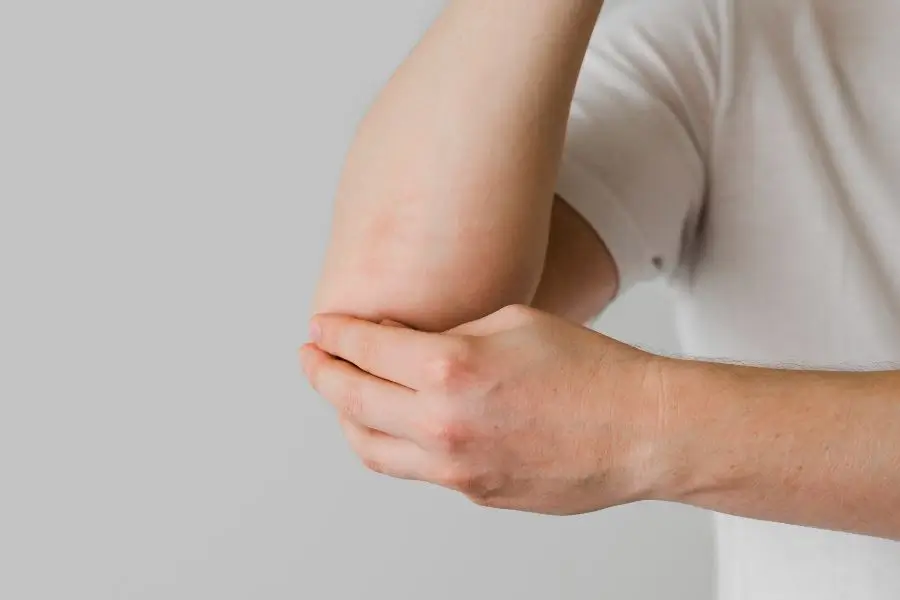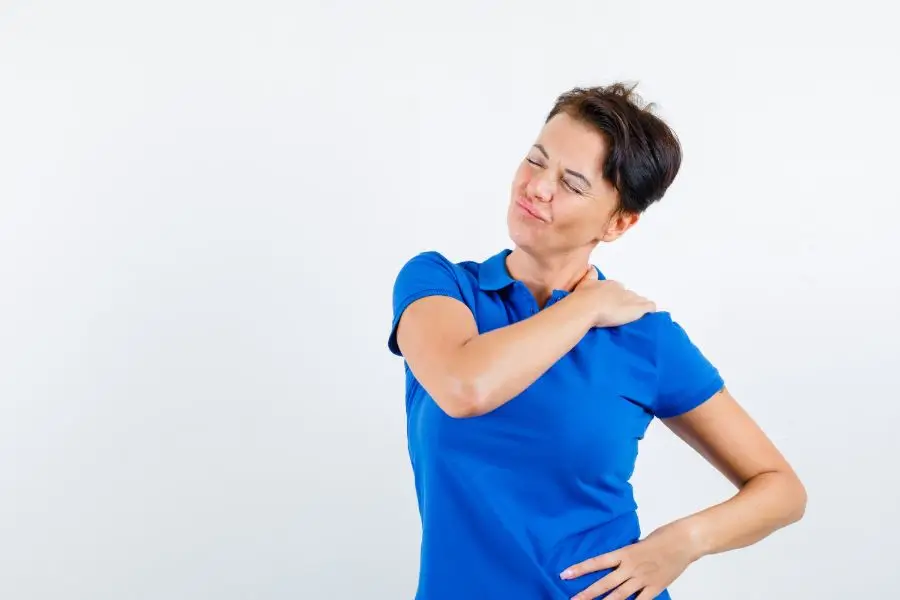Yoga has been practised for thousands of years, celebrated for its ability to enhance both physical and mental well-being. Beyond improving flexibility and strength, yoga is increasingly recognized as a powerful tool for managing stress. Stress, often dubbed the “silent killer,” can have profound effects on our health. Engaging in regular yoga practice offers a practical way to counter these effects, promoting relaxation and mental clarity. Let’s dive into how yoga can boost your health and explore some top poses that are particularly effective for stress relief.
Understanding Stress and Its Impact on Health
Stress is the body’s natural response to perceived threats, triggering a “fight or flight” reaction. While this response is crucial in emergencies, chronic stress can lead to various health problems, including heart disease, high blood pressure, diabetes, and mental health disorders like anxiety and depression. Yoga, with its focus on mindful movement, breath control, and meditation, helps to calm the nervous system, reducing the body’s stress response.
Top Yoga Poses for Stress Relief
Child’s Pose (Balasana)
A simple yet powerful pose, the Child’s Pose is a resting position that helps calm the mind and relieve tension. By gently stretching the back, hips, and thighs, this pose allows the body to relax and encourages deep, mindful breathing. To perform Child’s Pose, kneel on the floor, touch your big toes together, and sit on your heels. Then, stretch your arms forward on the floor, bringing your forehead down to rest.
Cat-Cow Pose (Marjaryasana-Bitilasana)
This gentle flow between two poses is excellent for warming up the spine and relieving stress. The combination of arching and rounding the back helps to release tension along the spine, which is often a physical manifestation of stress. Start on all fours with your wrists under your shoulders and knees under your hips. Inhale as you drop your belly towards the mat (Cow Pose), and exhale as you arch your spine towards the ceiling (Cat Pose).
Legs-Up-the-Wall Pose (Viparita Karani)
A restorative pose that’s easy to perform yet highly effective in calming the mind and reducing anxiety. This pose improves circulation and allows the nervous system to relax. Simply lie on your back and extend your legs up against a wall, keeping your arms at your sides. Focus on breathing deeply and letting go of any tension.
Corpse Pose (Savasana)
Often used at the end of a yoga session, Corpse Pose promotes complete relaxation. While it may look easy, lying still in this position can be surprisingly challenging, especially for those with busy minds. The goal is to relax each part of the body, one at a time, and focus on the breath. Lie flat on your back with your legs comfortably apart and arms at your sides, palms facing up. Close your eyes and take slow, deep breaths.
Bridge Pose (Setu Bandhasana)
This backbend pose opens the chest and shoulders, areas that commonly hold tension. By opening these areas, Bridge Pose helps to alleviate anxiety and promote relaxation. Lie on your back with your knees bent and feet flat on the ground, hip-width apart. Press into your feet to lift your hips toward the ceiling, clasping your hands under your back for support.
Breathing Techniques to Reduce Stress
In addition to physical poses, yoga includes various breathing techniques (pranayama) that can further reduce stress. Controlled breathing helps to slow down the heart rate and promote a sense of calm.
Alternate Nostril Breathing (Nadi Shodhana)
This technique balances the nervous system and calms the mind. Sit comfortably, close your right nostril with your thumb, and inhale deeply through your left nostril. Then, close the left nostril with your ring finger, release the right nostril, and exhale through it. Repeat this cycle several times.
Equal Breathing (Sama Vritti)
This simple breathing exercise involves inhaling and exhaling for the same count. For example, inhale for a count of four, and exhale for a count of four. This practice helps to centre the mind and reduce anxiety.
Creating a Consistent Practice
Consistency is key when it comes to reaping the benefits of yoga. Even if you only have a few minutes each day, making time for yoga can have a significant impact on your stress levels and overall health. Start with a short daily practice and gradually increase the duration as you become more comfortable. Remember, yoga is not about perfection; it’s about being present and listening to your body.
Integrating Yoga into Daily Life
Beyond the mat, yoga’s principles can be applied to everyday life. Incorporating mindfulness and deep breathing into daily routines can help manage stress. For instance, taking a few deep breaths before a meeting or practising a quick stretch after a long period of sitting can make a big difference. Yoga teaches us to be present and aware, which is valuable in managing the pressures of daily life.
The Science Behind Yoga’s Effectiveness
Research supports the effectiveness of yoga in reducing stress. There are numerous studies on Yoga and it’s effectiveness on Stress, Anxiety and depression. Regular yoga practice can effectively decrease cortisol levels, the hormone associated with stress. Additionally, yoga has been shown to improve mood and overall sense of well-being, making it a powerful tool for mental health.
Bottom Line
Yoga is more than just physical exercise; it’s a holistic approach to health that combines movement, breath, and mindfulness. By integrating yoga into your routine, you can manage stress more effectively, improve your physical health, and enhance your overall quality of life. Whether you are new to yoga or an experienced practitioner, there’s always a way to incorporate its calming benefits into your daily life. Remember, the journey of yoga is personal and unique to each individual. Start with simple poses, listen to your body, and let the practice evolve naturally.






